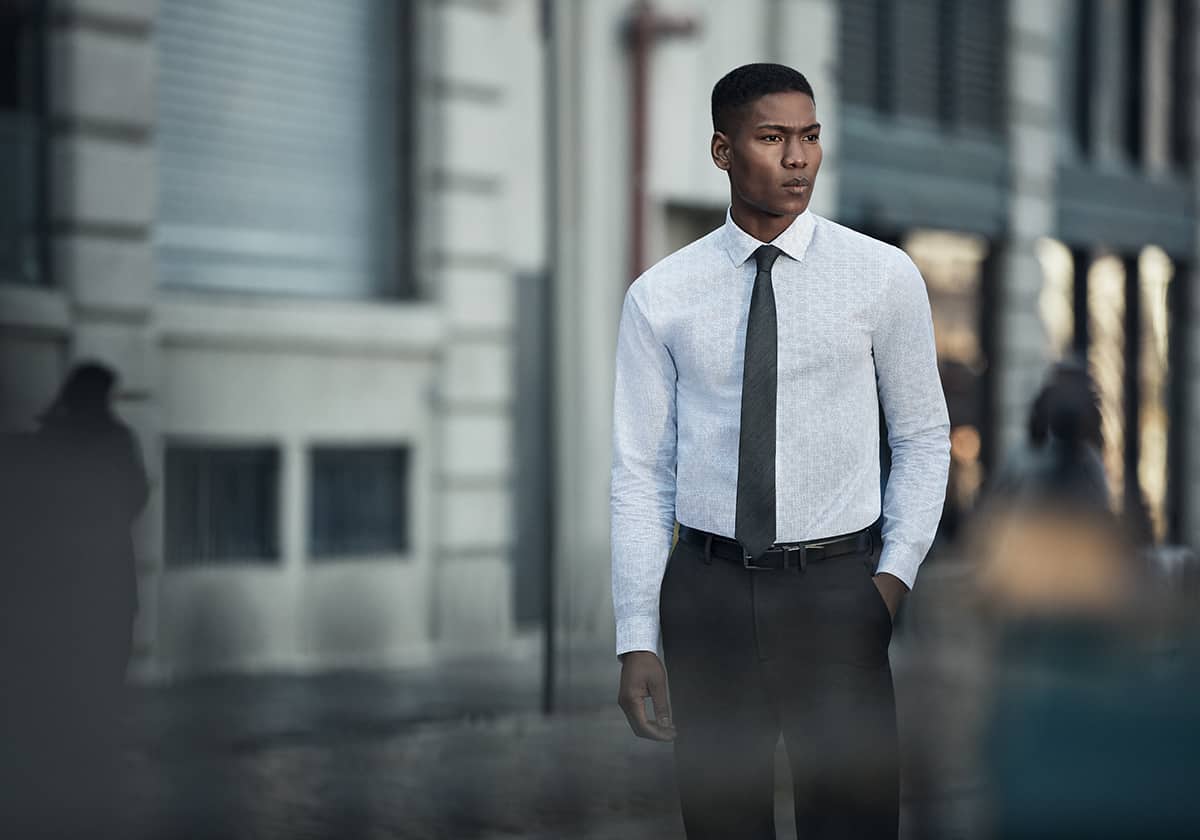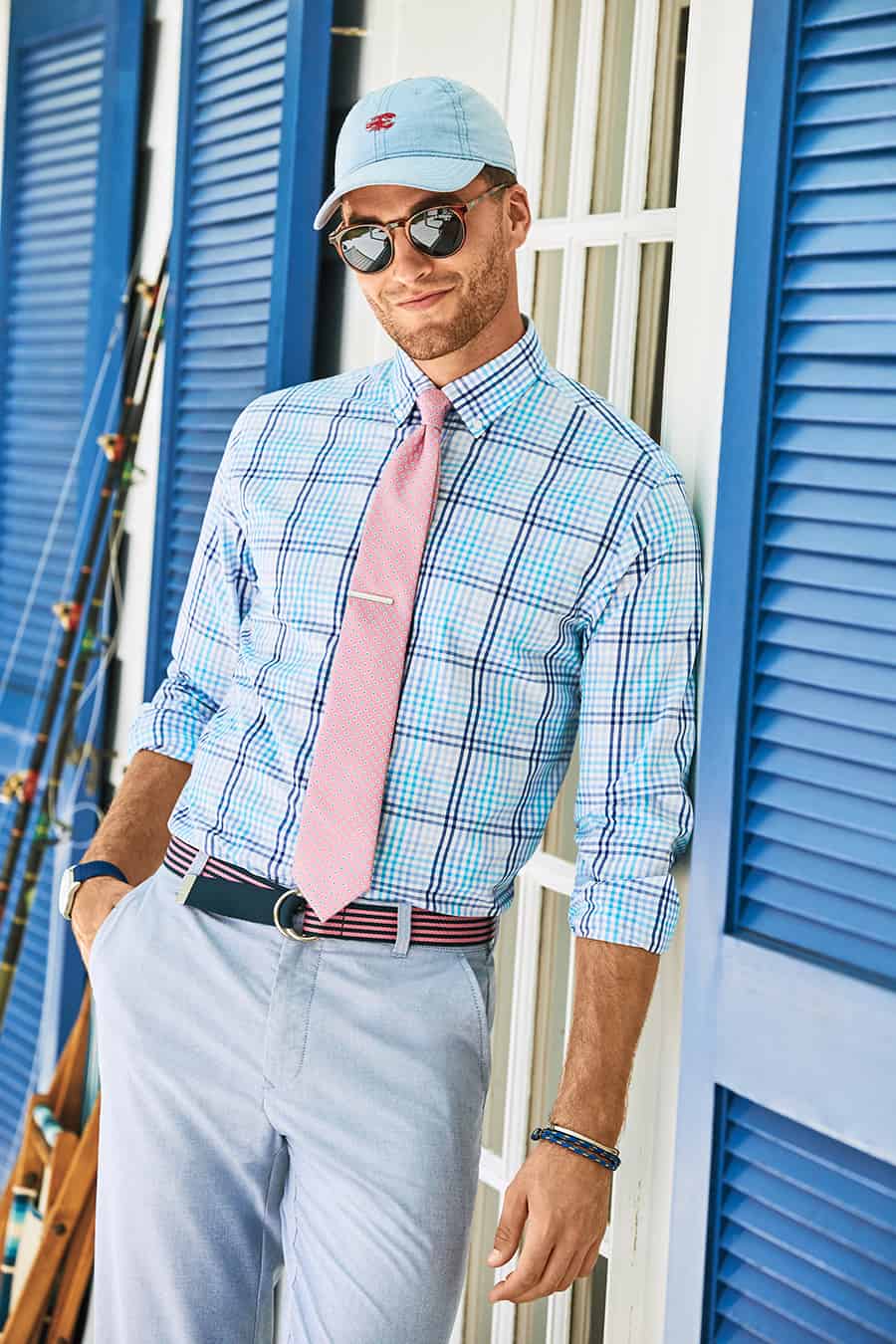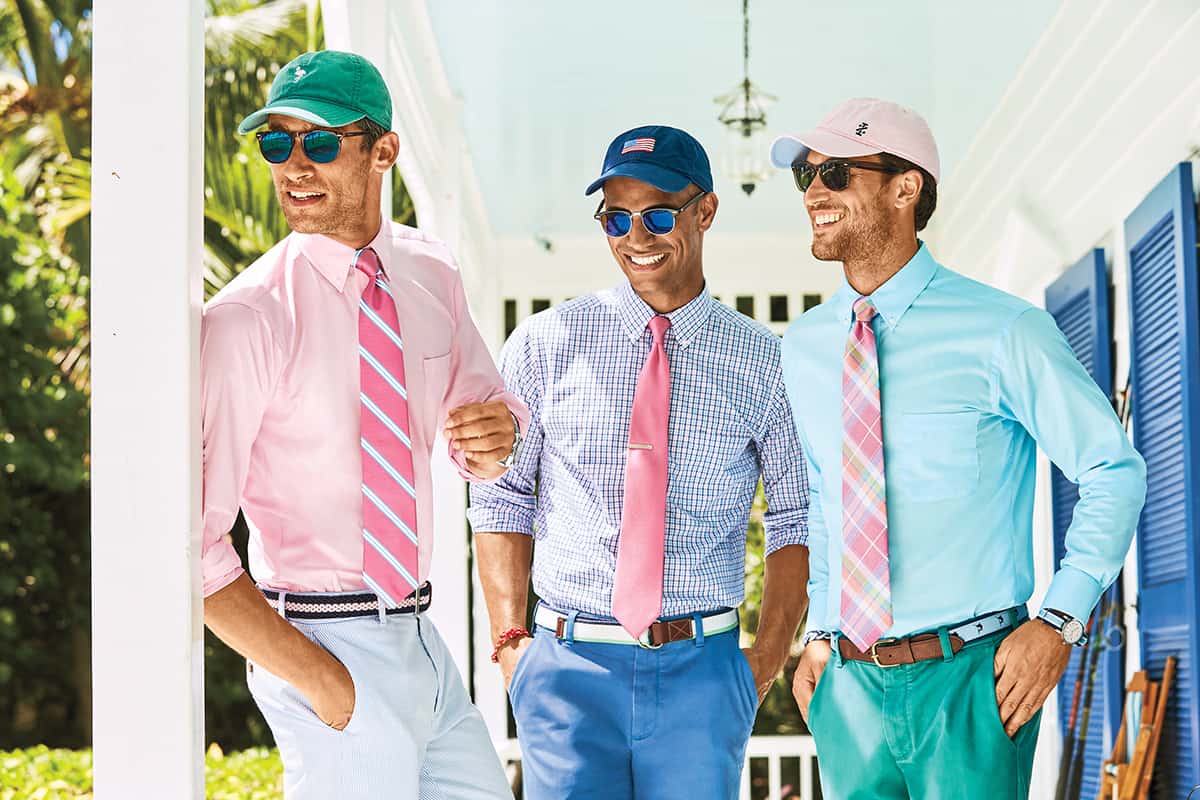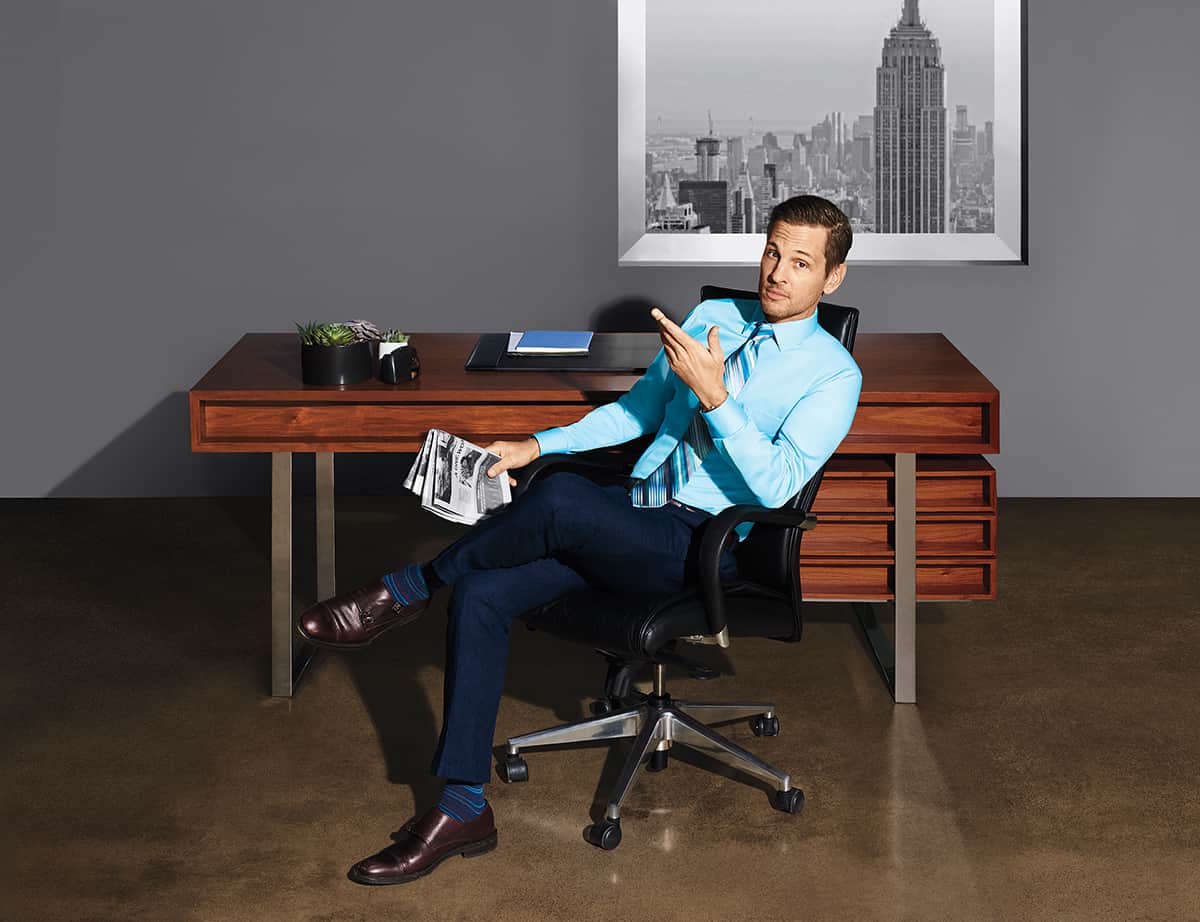REDEFINING NECKWEAR: AN INDUSTRY GRAPPLES WITH HOW TO BRING BACK TIE BUSINESS


Still, as Randa president Heath Golden puts it, “$700 million is a big number, plus it’s all incremental business, and relatively high margin.” How unfortunate, therefore, that so many retailers are still merchandising neckwear the same way they always have: spread out horizontally on tables, assorted by color or by brand, with tremendous duplication and no clear message. What’s just as unfortunate: the erroneous assumption that ties are best worn only with tailored clothing. It’s a new era, and to reach younger guys, step one is to create and market neckwear that works with sportswear.
Golden shares his personal take on the power of neckwear. “Before I joined Randa, I stopped wearing ties for a while. When I started wearing them again, I felt this amazing power. Wearing a tie, you get the benefit of the doubt, a bonus 50 points of IQ. It’s like a superman cape, another weapon in one’s arsenal. The challenge for our industry is how to get more consumers to think differently about neckwear.”

**81 percent of the sample wear ties for occasions, 58% for work, 37% wear ties every day.
**56 percent of men think neckwear is uncomfortable; 35% would wear ties more often if more comfortable.
**71 percent say ties make them feel more professional, 67% think they help make an impression, 63% say ties elevate their look and 62% make them feel good about their appearance.
**44 percent say color drives the sale, 33% say fabric, 32% say pattern and 31% say price.
**18 percent look for sales or discounts.
**74 percent of sample identify as casual dressers; 24% bought at least one tie within the past month.
**48 percent are not sure what to buy, 40% don’t follow trends, 47% find it hard to match ties with outfits.

A third voice from Randa, Seth Howard, points out that Gen Z is obsessed with heritage and nostalgia and that neckwear is key to creating this look. “Be it florals or deco designs, fashion is driving new purchasing from young customers. I believe the missing element is fun! Selling floors have been too safe.”
Neckwear designer Barbara Blank agrees. “Make the neckwear floor exciting! I don’t think men want to see table upon table of ties: I think retailers should merchandise by concept, rather than by color. Then feature a fashion-right tie on a mannequin wearing cool casual clothes, and show similar ties on a display nearby.”
Another major tie maker acknowledges that the pie is definitely shrinking. “It’s not just in North America but everywhere. In Italy, once the capital of the neckwear business, you rarely see men wear ties these days. However, individuality and self-expression are becoming more important to consumers so the opportunity is there to create neckwear that reflects different personalities.” (Editor’s note: Different personalities might suggest different tie widths, which seem to have settled between 2 ½ and 3 ¼.)

Designer Luciano Moresco, who also reps Dolcepunta neckwear, notes: “There is no better accessory than a tie to send a message of authority, power, confidence, exclusivity and some formality, the degree of which is determined by the selection of the tie itself. The better the tie, the stronger the message.”
Dolcepunta’s Massimo Scapellato projects: “My prediction is that men will start to tire of the open shirt and jacket look. (Like when we now comment on fashion from past decades and wonder how people could possibly have dressed like that?) As a tie maker, I’m hoping that men will soon feel an open collar look is too minimal, too empty, at least for those men who regularly wear ties.”

Bloomingdales’ EVP Dan Leppo concurs: “As a lover of neckwear, I believe we have to treat ties like they matter. There comes a time in every guy’s life when he might want to be taken seriously, and a great tie can accomplish that!”










Enjoyed the article. We offer a collection of cotton florals from Liberty of London and have doubled our business each year for 3 years now. We only sell to fine men’s specialty stores who understand how to merchandise our collection. We don’t think of our line as a tie line, but as an accessory for an age group of 18 to 65. Our neckwear needs to stand alone and not mixed in with other neckwear. The Trumbull Rhodes Collection is handmade in America with every quality detail we can put into it.
morally applaud BARBARA BLANK…..you must respect the fact that this is the daughter of one of the leaders of neckwear..I was fortunate to know him, to know her, and to agree that it’s not that ties are wrong, we just are not looking
at they are an accent that says the guy wearing it has a point of view…..not a follower in a crowd….Love to think that it’s
not just old ladies like me that remember swoon time when you looked at a CARY GRANT…..now the time for the new men to be that……dare I say go back to the old days of RALPH when he made 4″ ties a deal….of how you couldn’t pass
a PAUL STUART first floor round cases that took up the whole room when CLIFFORD GRODD showed you how…..SO,
to begin again…BARBARA..GO FOR IT and the right men will follow!
I am speaking as a consumer, but I am in the men’s accessories business. My clothing style is very traditional. I currently own about 300 ties, but I like to rotate some out every year and get some new. However, since ties went narrower, I have really slowed in buying ties. The few I have bought are from places that still stock those widths or from ebay, where I can get those widths. I want my ties to be 3 1/2″ to 3 3/4″ wide. I enjoy wearing ties, yes it makes you feel different. Yes, there is a market for the younger demographics, but the middle aged and older demographics are too often forgotten about. We are the ones that wear ties on a regular basis.
Check out David Fin Neckwear!